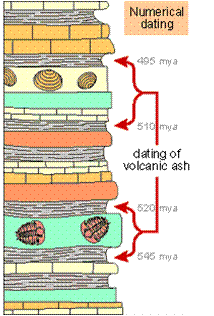Channel
Sheet Erosion
A type of surface water erosion caused by runoff that occurs when water flowing as sheets picks up sediments and carries them away.
Drainage Basin
Land area from which a river or stream collects runoff.
Meander
Broad, c-shaped curve in a river or stream, formed by erosion of its outer bank.
Groundwater
Water that soaks into the ground and collects in pores and empty spaces.
Permeable
Describes soil and rock with connecting pores through which water can flow.
Impermeable
Describes materials that water cannot pass through.
Aquifer
Layer of permeable rock that allows water to flow through.
Water Table
Upper surface of the zone of saturation.
Spring
Forms when water table meets Earth's surface.
Geyser
Hot spring that erupts periodically and shoots water and steam into the air.
Cave
Underground opening that can form when acidic groundwater dissolves limestone
Longshore Current
Current that runs parallel to the shoreline, is caused by waves colliding with the shore at slight angles, and moves tons of sediment.
Beach
Deposit of sediment whose materials vary in size, color, and composition, and is most commonly found on a smooth, gently sloped shoreline.






















